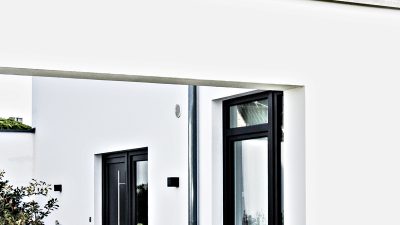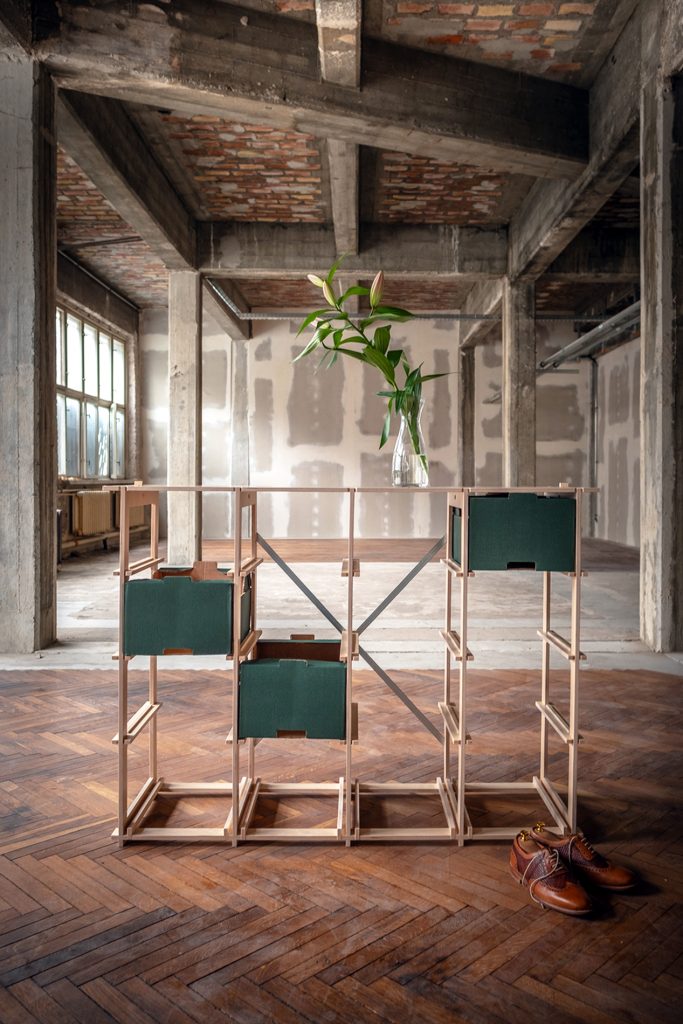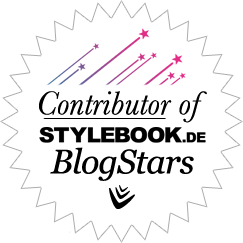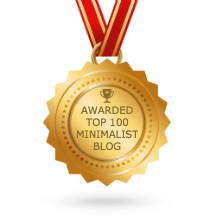The subject of environmental crisis receives more awareness for many already. Many of us want to impact the environment for the better by reducing the consumption of earth’s resources. Designsetter is dedicated to share dialogues and ideas from the various creators in within design industry as a way to support the social consciousness on this subject.
Today we would like to share a dialogue with Nils Wadt from Berlin who created a design project www.16-boxes.com with the idea of continuously reduce the social and environmental footprint of furniture.
No matter how much effort is put into using sustainable materials and raw materials, merely processing and shipping products means using energy and resources. That’s why at 16boxes we produce furniture that is designed for lifelong use and that offers versatile interior design options. A 16boxes shelf is a flexible life-long companion. For each shelf, we use only the highest quality PEFC-certified multiplex wood, which is processed in a certified master workshop, which is known for outstanding quality.
Designsetter: Hi Nils, please tell us about your design idea with 16Boxes – how did it come to you and why did you decide to realize it?
Nils Wadt: Hi Valerie. 16boxes is a label for minimalist and sustainable system shelves. The idea grew from my sense of nomadism – to live light and simple without clutter. I first built a very simple prototype for myself and friends – as there grew more and more enthusiasm around the shelf, I considered to develop and pursue this further. I went through a long process of refining the design up to the current version, now having it as a pluggable system shelf with more than 64 versions in size and adaptations.
I focused on realizing several values within the design – simplicity, sustainability and adaptability.
Simplicity I mean both aesthetically as well as practically. The system is very light and has a simple built-up. It is easy to move and simply to adapt. There is nothing superfluous in the design, everything serves a function. At the same time, it is very calm and clean from an aesthetical point of view.
When it comes to sustainability, the choice of material was decisive. The FSC-certified plywood is very durable and allows a lifelong use. The way it is produced allows to use only half the amount of wood compared to a conventional shelf of comparable size. The cardboard boxes, which serve as drawers contribute to the minimalist use of wood.
The adaptability of the system makes it a coherent choice in a multiplicity of cases – in the living room as wide sideboard, in the kitchen as a small sideboard or in the hallway as a bench. Due to the easy built-up and easy transportability, it is not a burden, when moving. In that sense, the shelf can encompass the changes of life, while providing a continuity, as it adapts to the different needs of different life phases, spaces or circumstances.

Designsetter: Even Though some big corporations use the sustainability trend more as marketing, at the same time there are more and more individuals just really care for the planet and want to make small changes toward using planet’s resources with responsibility. Sustainability became quite a trend for the past years. Why do you think people from different industries suddenly become active contributors for a sustainable living? Why now?
Nils Wadt: I think in the long run there is no other choice than to produce sustainably. There is still a lack of sufficient certification of products, which allows to use sustainability solely as a marketing label. In the realm of furniture, MDF is still the “go-to”-Material, and there is a lack of awareness that this is not the material of the future. I am considering to bring to market a 16boxes model that uses recycled PET bottles in the long run, but the current plywood+cardboard version already beats usual shelving systems, when considering durability and the eco-balance of shelf.
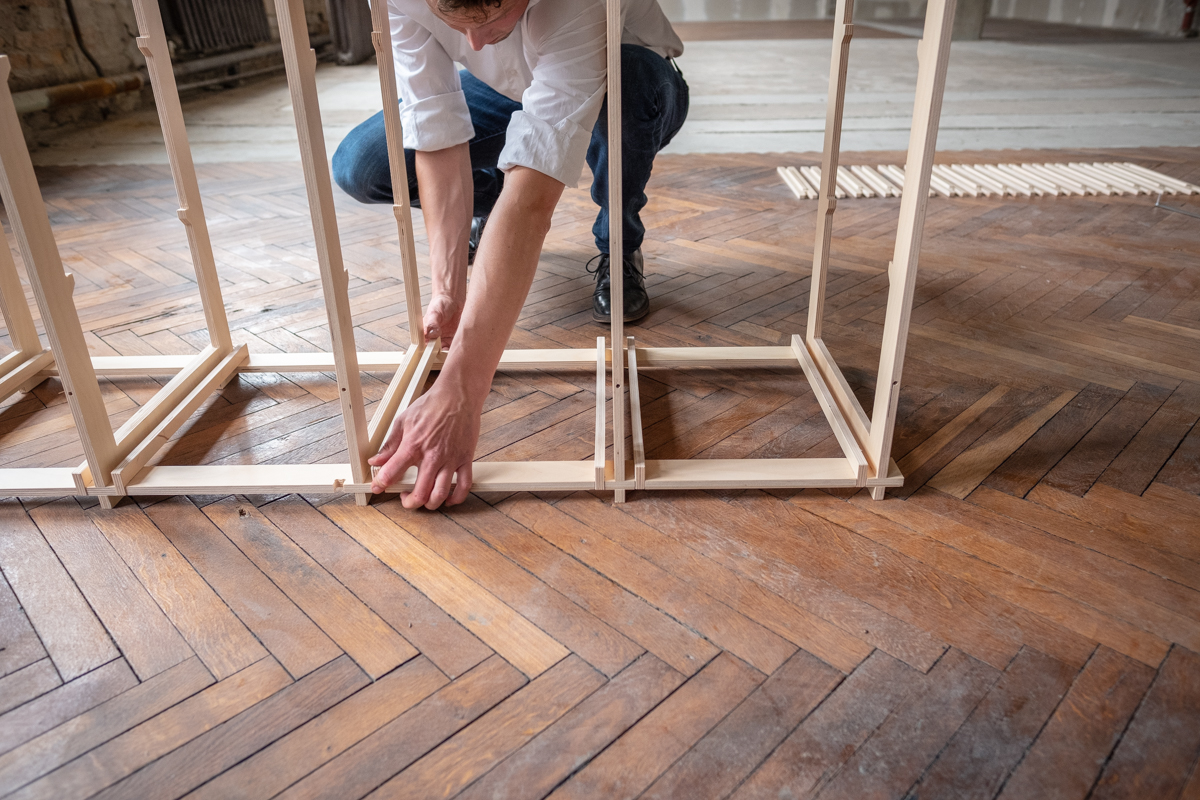
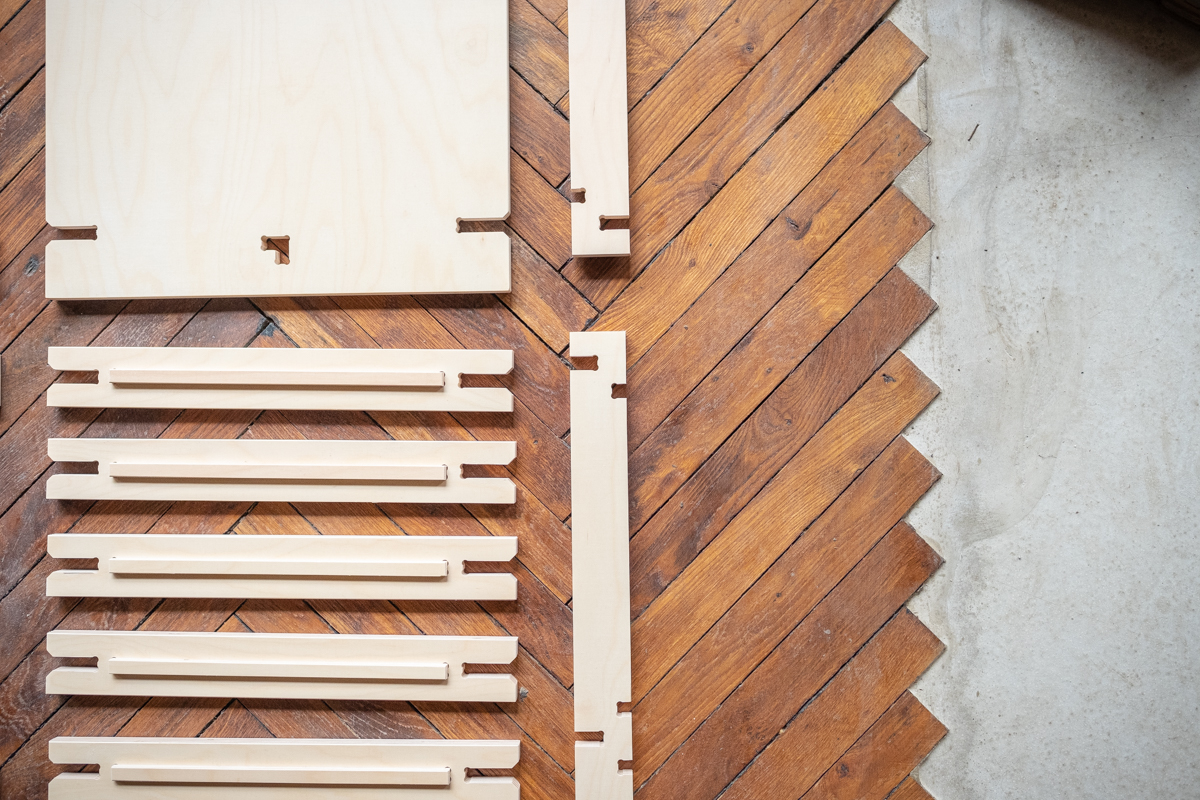
Designsetter: What were the first steps to bring such products on the market? We all know that sustainable startups do not have the same resources like big corporations to bring their ideas to the market and develop the brand as they wish. Was it challenging for you as well and how do you overcome these challenges?
Nils Wadt: 16boxes is currently indeed a bootstrapped venture, meaning its ideas and vision is financed through those that buy 16boxes shelves. I am looking for financing to further develop products that are even more innovative and sustainable, at the same time every sale contributes to a more environmental-friendly planet, as well as it helps 16boxes to reinvest into development of even more sustainable products. I really like the challenge of this project, as I think it is a challenge worth going for.
Designsetter: How do you imagine your brand’s growth? What do you wish for 16Boxes for the next 10 years from now?
Nils Wadt: I imagine it to grow honestly and organically. I think there are long term trends woven into the design and the brand itself – societies are becoming increasingly more complex, more digital, and more mobile. Humans are more exposed to noise, have less material things and move more regularly. What to wish from a piece of furniture then, if not to be calm and simple, having enough space to host the essentials and to be flexible, when on the move?
If you would like to read more about 16Boxes Environmental Project and support this mission, feel free to visit their site and instagram.
/Ad-Post in Collaboration with 16Boxes /



